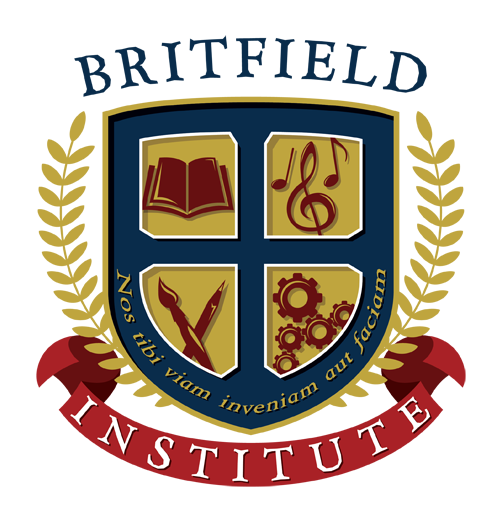Phase I
Phase I: Creativity Presentations
The Britfield Institute wants to bring the valuable skills of creativity, entrepreneurship, group dynamics, and business expertise into schools and classrooms. We have established engaging interactive programs that help inspire, foster, and encourage students to nurture their ideas into real innovations and products: a book, an invention, a website, a service or a business.
Our programs consist of three phases. Phase one introduces exciting, interactive presentations to foster children’s curiosity and creativity. The second phase builds on their ideas and helps cultivate them through classes and workshops supervised by experts who direct the creative process. In the third phase, we choose unique and innovative ideas from select students who exhibit ambition, talent, and gumption. We then mentor these students and provide financial support in order to bring their ideas to market. Whether it is a book, game, app, commercial, website, film short, product, or service, we will help turn these ideas into realities.
Phase I: Presentations
From Britfield’s vast network of contacts in multiple industries, we will bring in experts, bestselling authors, innovative thinkers, business gurus, and flourishing entrepreneurs. Whether in person or through Skype, industry people will engage with the class, share their experiences, and answer questions.
- Literature: Analyze stories, themes, books, and authors.
- Film: Watch movie clips and trailers from the 1930s to the present.
- Music: Listen to musical themes and classical composers.
- Art: Review paintings, painters and different mediums of expression
- Dance: Study forms of dance from classical ballet to modern.
- Innovation: Explore cutting-edge advancements and breakthrough concepts.
We think about the world in all the ways that we experience it, and storytelling is at the heart of every program. With our high-level, professional approach, we help students think creatively, brainstorm with others, develop ideas, communicate clearly, and present their ideas individually or in groups.
- Expressing a narrative
- Conveying ideas clearly
- Creating a theme
- Connecting with emotions
- Developing a message
- Understanding the 3-act structure
- Story: The Hero’s Journey
We think visually, we think in sound, and we think kinesthetically. We think in abstract terms, and we think in movement. Therefore, to properly promote creative ideas, we must provide a supportive environment with opportunities, resources, and mentors.
- Environment: Free flow of creative thinking
- Surroundings: Visual, acoustic, kinesthetic
- Idea Generation: Developing a thought
- Brainstorming: Debate and group interaction
- Articulation: Learning the art of clear communication
- Problem/Solution Process: The Logic Tree
- Selection: Offer multiple choices and opportunities
- Methods: Numerous examples and presentations
- Narrative: Writing and developing an outline
- Creating a Story: Concept, structure, characters
- Themes: Viewing movie clips and commercials
- Artistic: Drawing to express an idea or concept
- Individual and group assignments
- Choosing a topic to develop
- Discussions and Feedback
